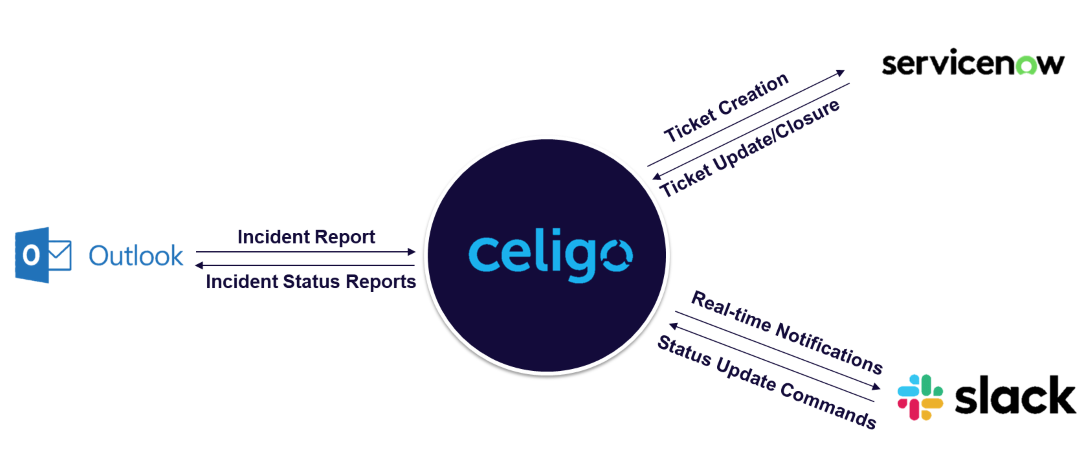
-
 Rahul Sattarapu
Rahul Sattarapu
-
 270 Views
270 Views
-
 7 Min Read
7 Min Read
-
 1 year ago
1 year ago
Incident management is a vital pillar in guaranteeing seamless operations and preserving customer satisfaction in the dynamic arena of IT service management. Handling problems efficiently not only reduces downtime but also increases overall productivity. According to current figures, firms lose an average of $1.55 million per year due to IT downtime, highlighting the financial consequences of ineffective incident management. Furthermore, the average cost of a severe IT event is between $350,000 and $410,000, emphasizing the importance of organizations streamlining their incident resolution processes.
According to a Zendesk poll, 62% of customers are more inclined to transfer to a rival following a bad customer support experience. In this day and age, where manual procedures can be a bottleneck, the use of automation is critical. Celigo, an industry leader in integration, has emerged as a game changer in incident management automation, providing a unified solution that improves efficiency, transparency, and the customer experience.
With its strong and adaptable integration platform, Celigo has made a name for itself in the integration market. Known for easing complicated integrations and tying together a variety of apps, Celigo enables businesses to improve workflow and operational effectiveness. Because of its easily customizable user interface, it integrates seamlessly with a wide range of third-party apps, including IT service management (ITSM) programs like ServiceNow. Handling incidents required a number of manual processes, such as gathering data from emails and informing clients on how incidents were being resolved. This procedure is revolutionized by Celigo's automation system, which provides a quick and effective substitute.

Celigo's automation starts working when events are reported via email. Celigo creates an incident on ServiceNow automatically based on the trigger provided by the email. Reducing the possibility of errors and doing away with the necessity for manual data entry, the pertinent information is retrieved and mapped onto the ServiceNow incident. At the same time, a notification is delivered to a specific Slack channel so that everyone on the team can see the issue in real time. By enabling team members to change the problem status immediately within the Slack channel, without having to navigate through the ServiceNow instance, this functionality improves cooperation and speeds up incident resolution.
In addition to enabling speedier communication, the integration with Slack centralizes incident updates in a platform that is frequently utilized for team collaboration. This promotes an open and effective incident resolution process by cutting down on the amount of time needed to settle problems and guaranteeing that all parties involved are kept informed. An automated email is sent to the customer informing them of the resolution as soon as the incident is resolved and the status is updated. Proactive communication not only improves customer happiness but also shows how responsive and transparent the company is.
The whole incident management lifecycle—from initial reporting to customer communication—is essentially streamlined by Celigo's automation. Organizations can drastically cut down on resolution times, minimize errors, and improve the general effectiveness of their incident management procedures by doing away with manual intervention. Businesses cannot afford to ignore the negative effects that inadequate incident management can have on their finances and reputation—the data speak for themselves. With Celigo, businesses embrace automation while also enabling their teams to work together more productively and communicate with clients in a timely and transparent manner.
In today's ever-changing IT services industry, implementing Celigo's incident management automation is more than a choice; it's a purposeful move toward a future where efficiency, cooperation, and customer happiness are non-negotiable requirements.
